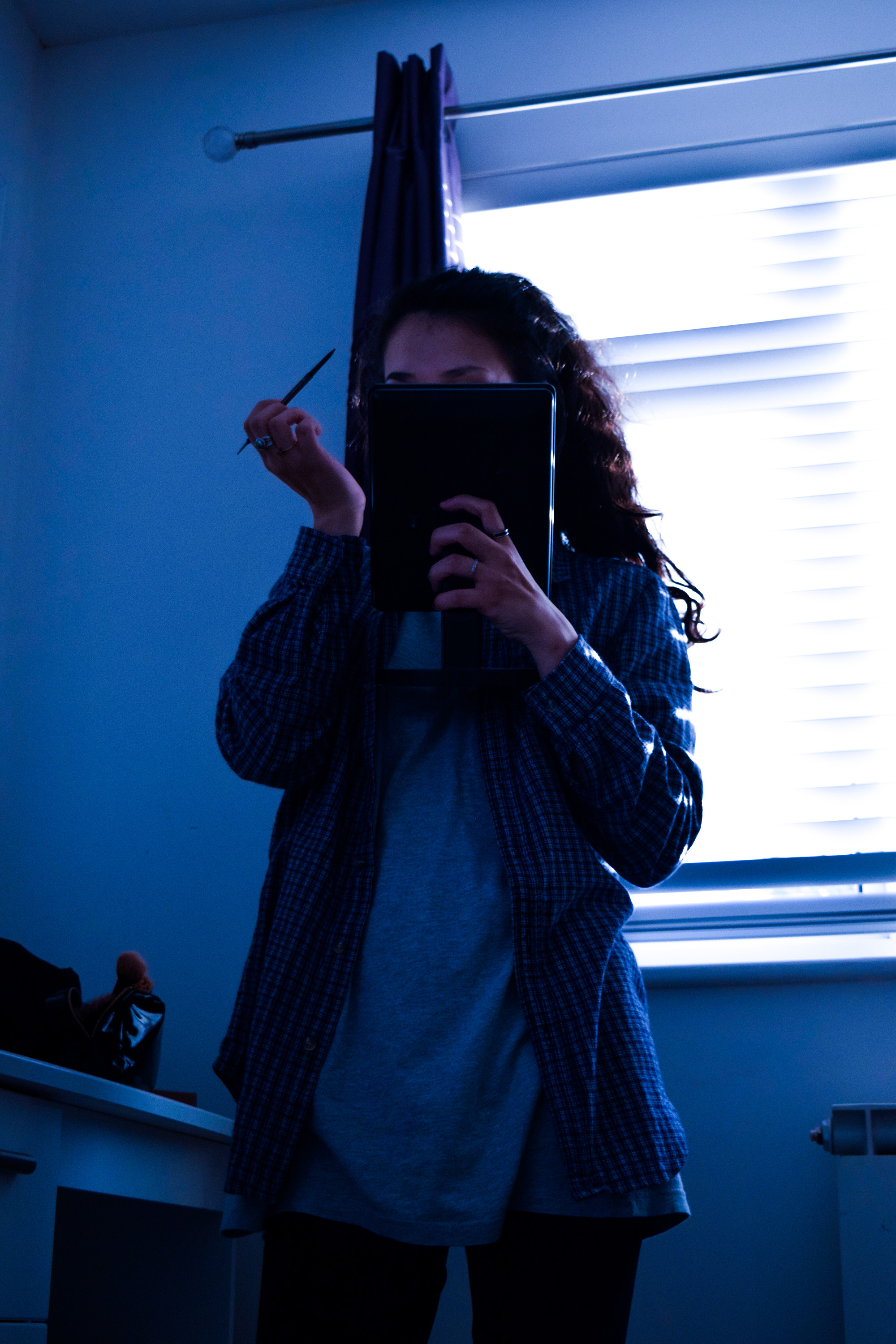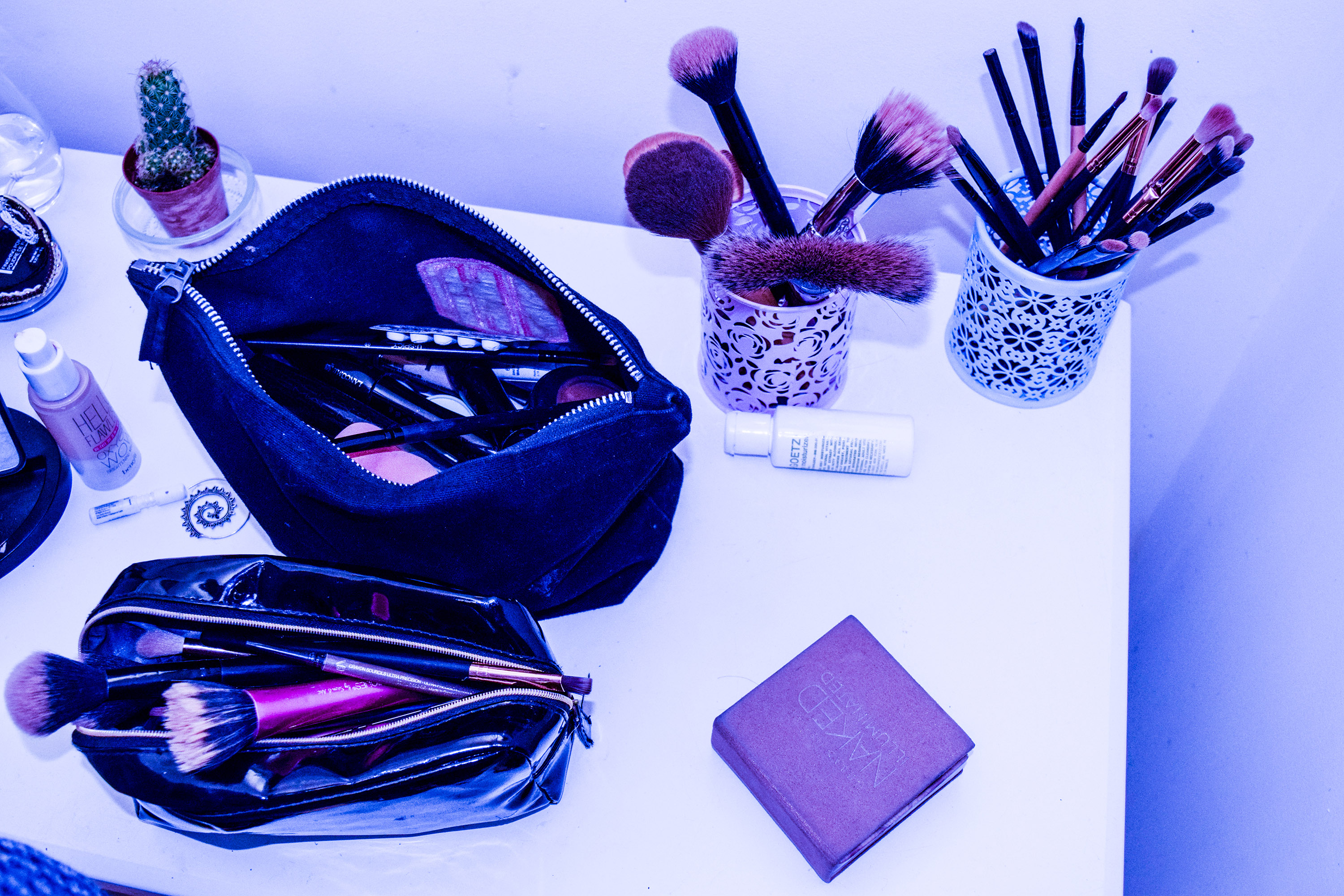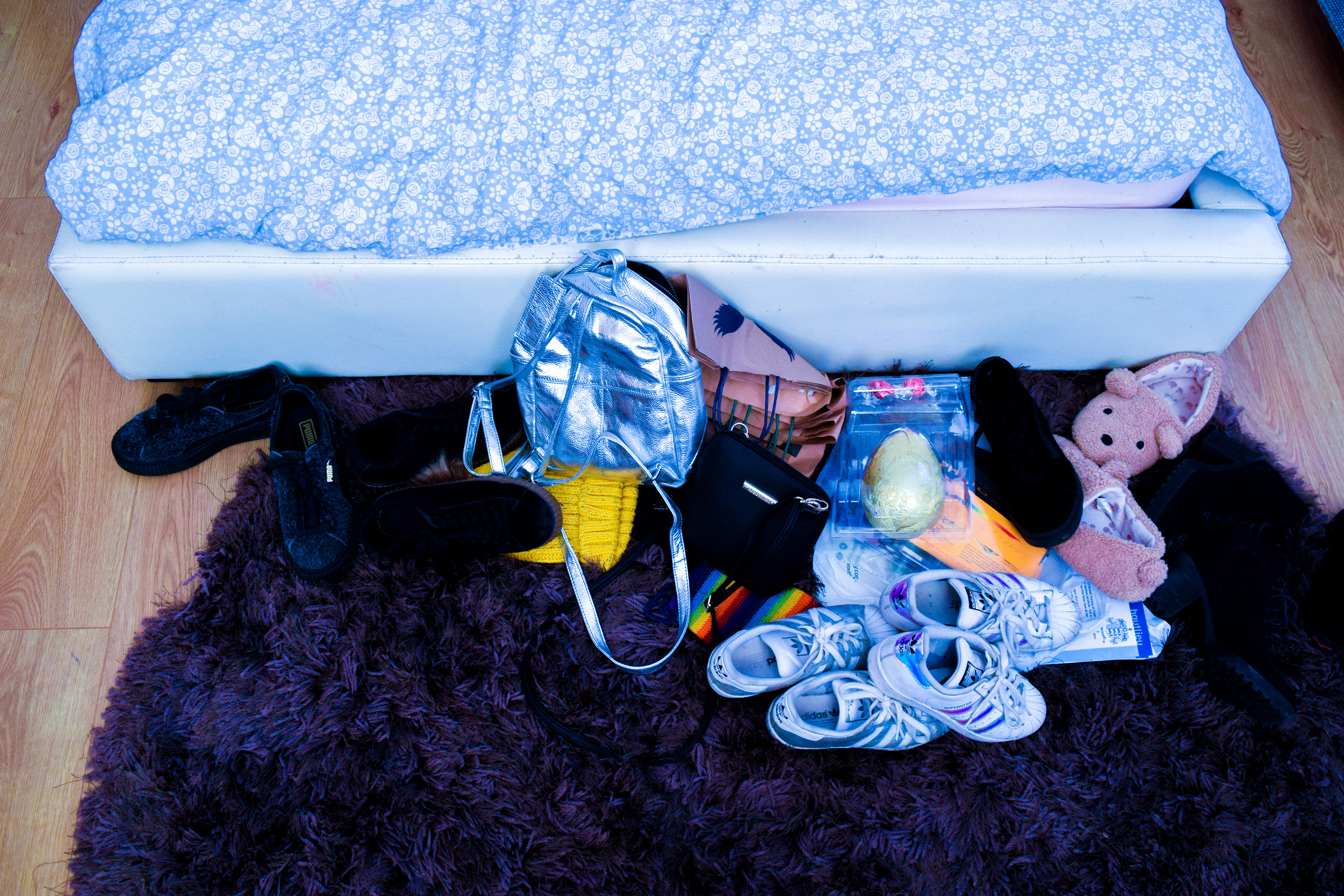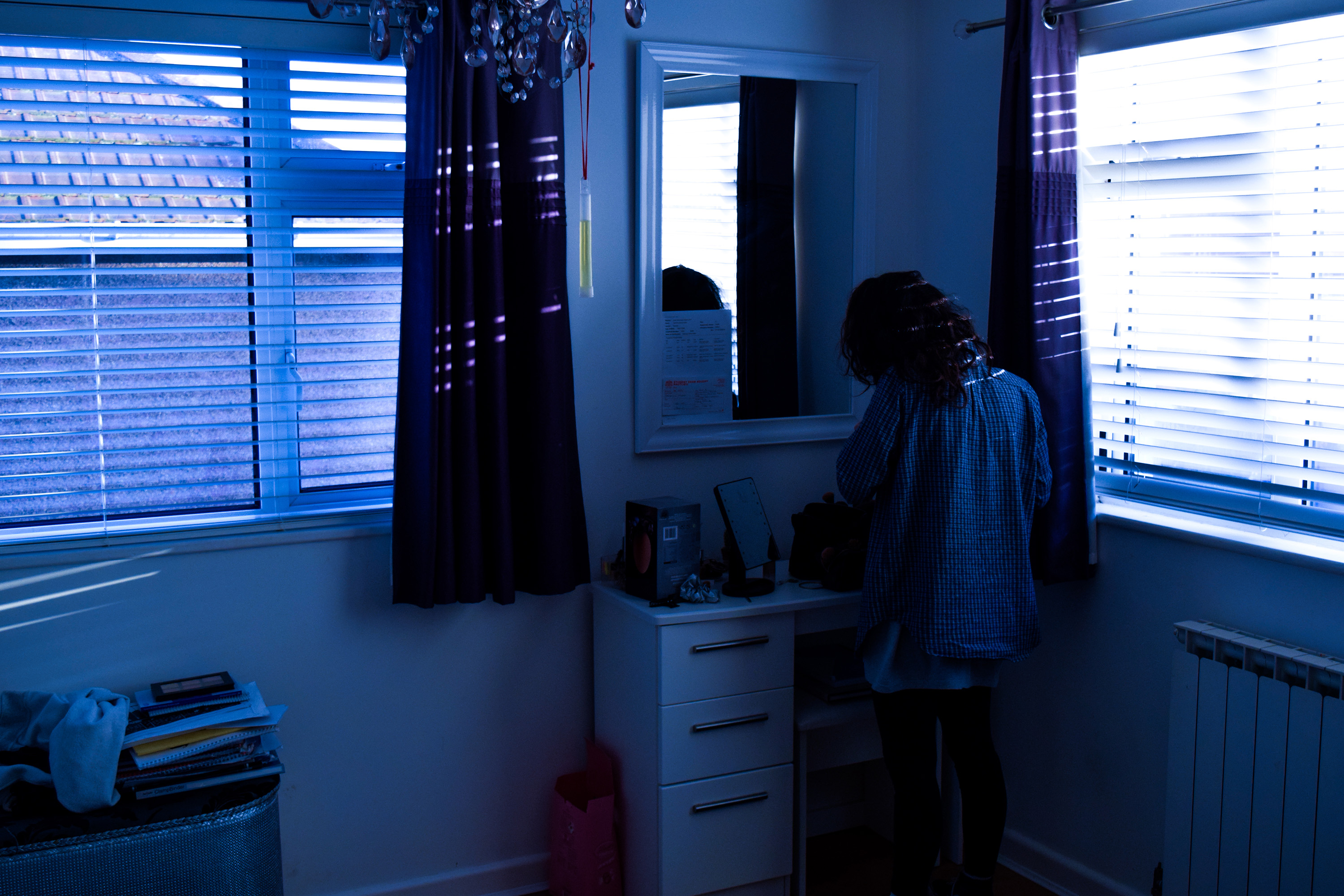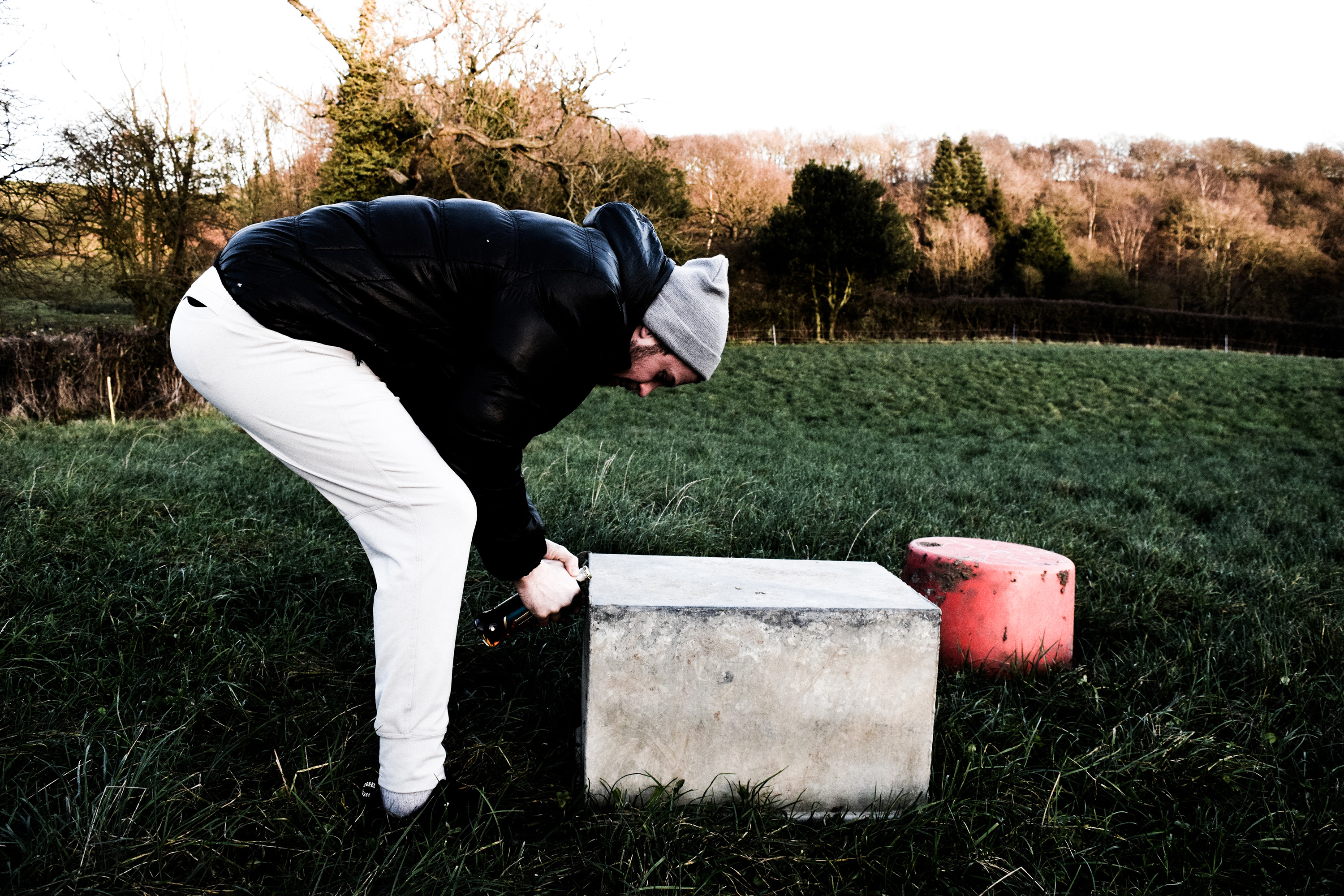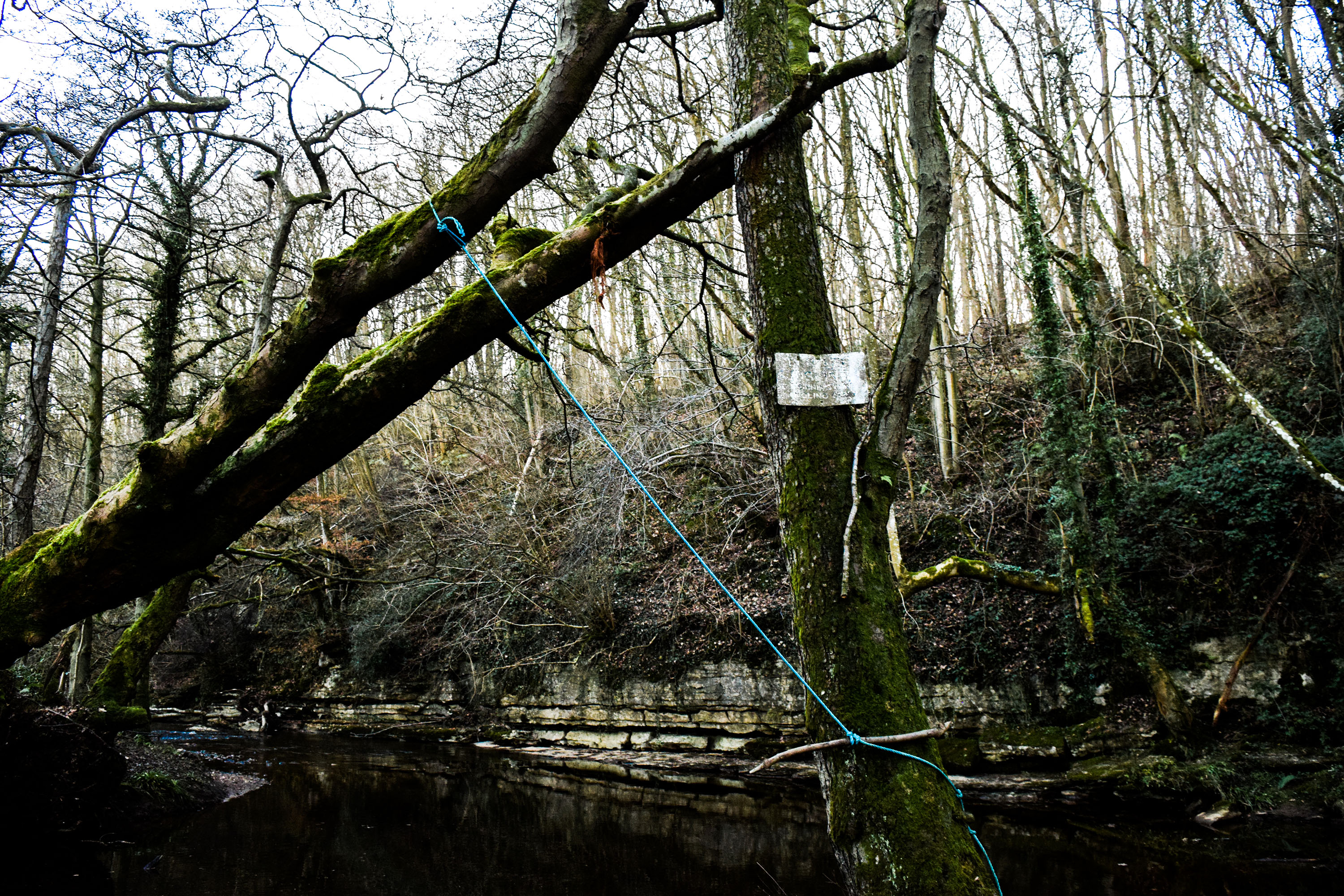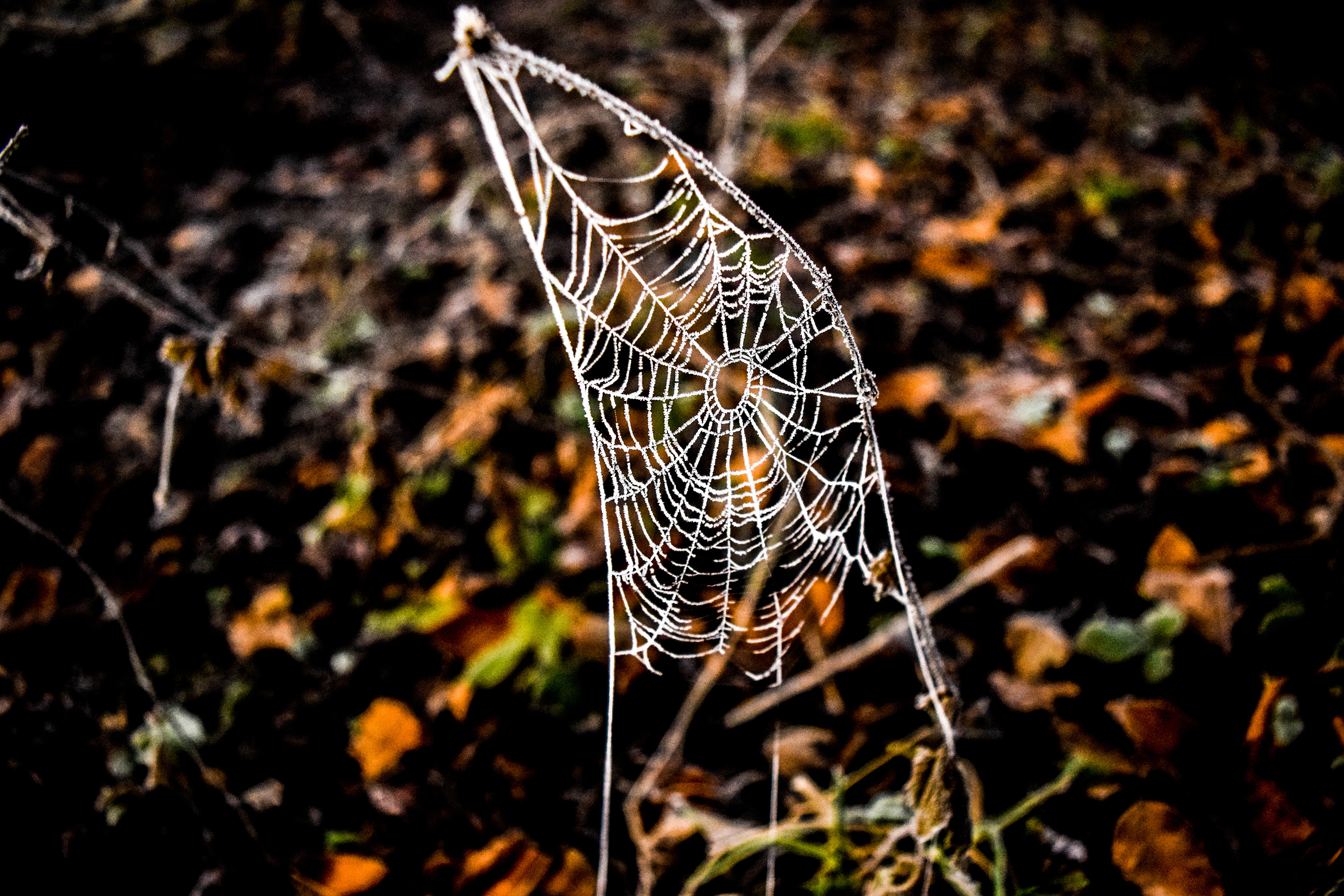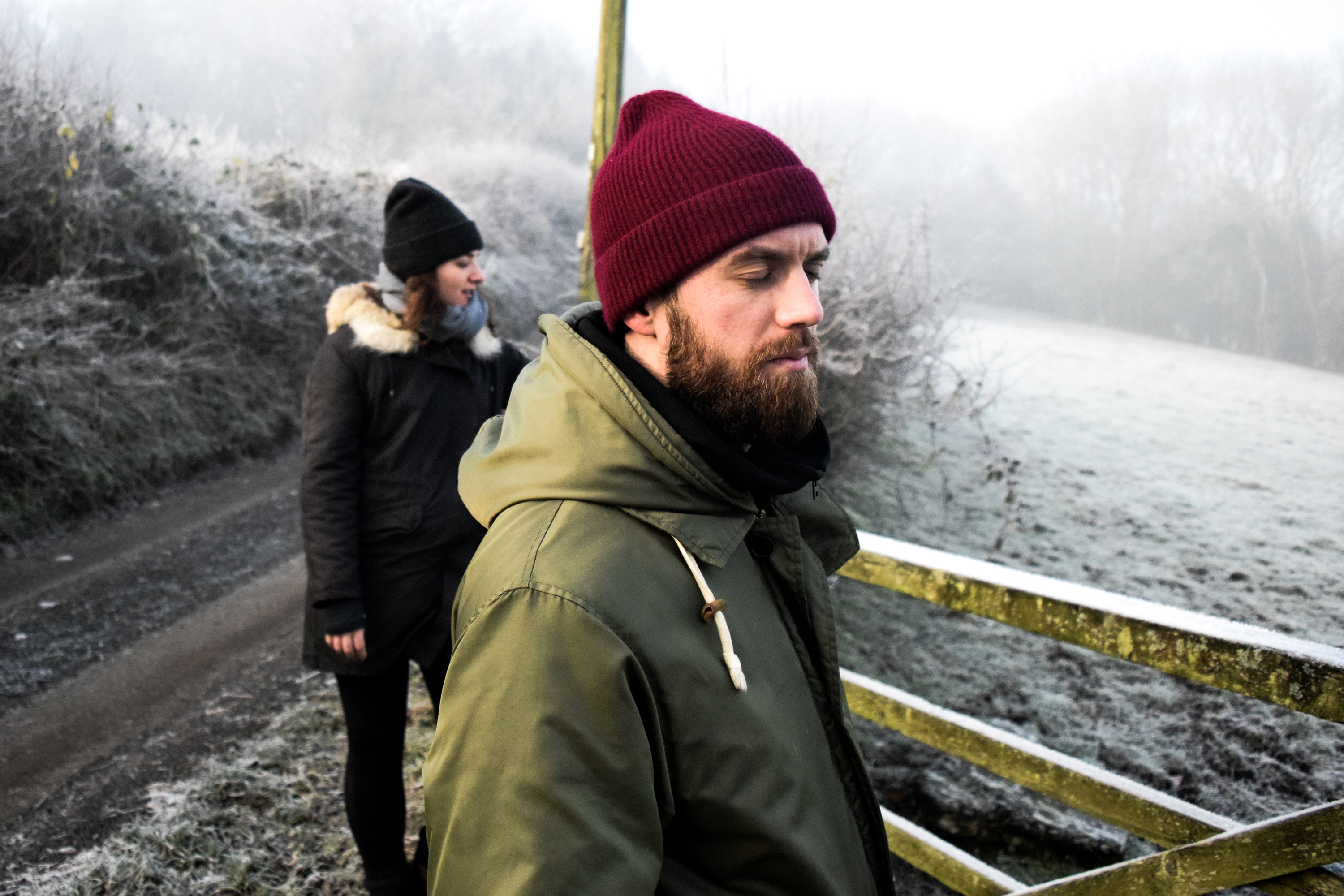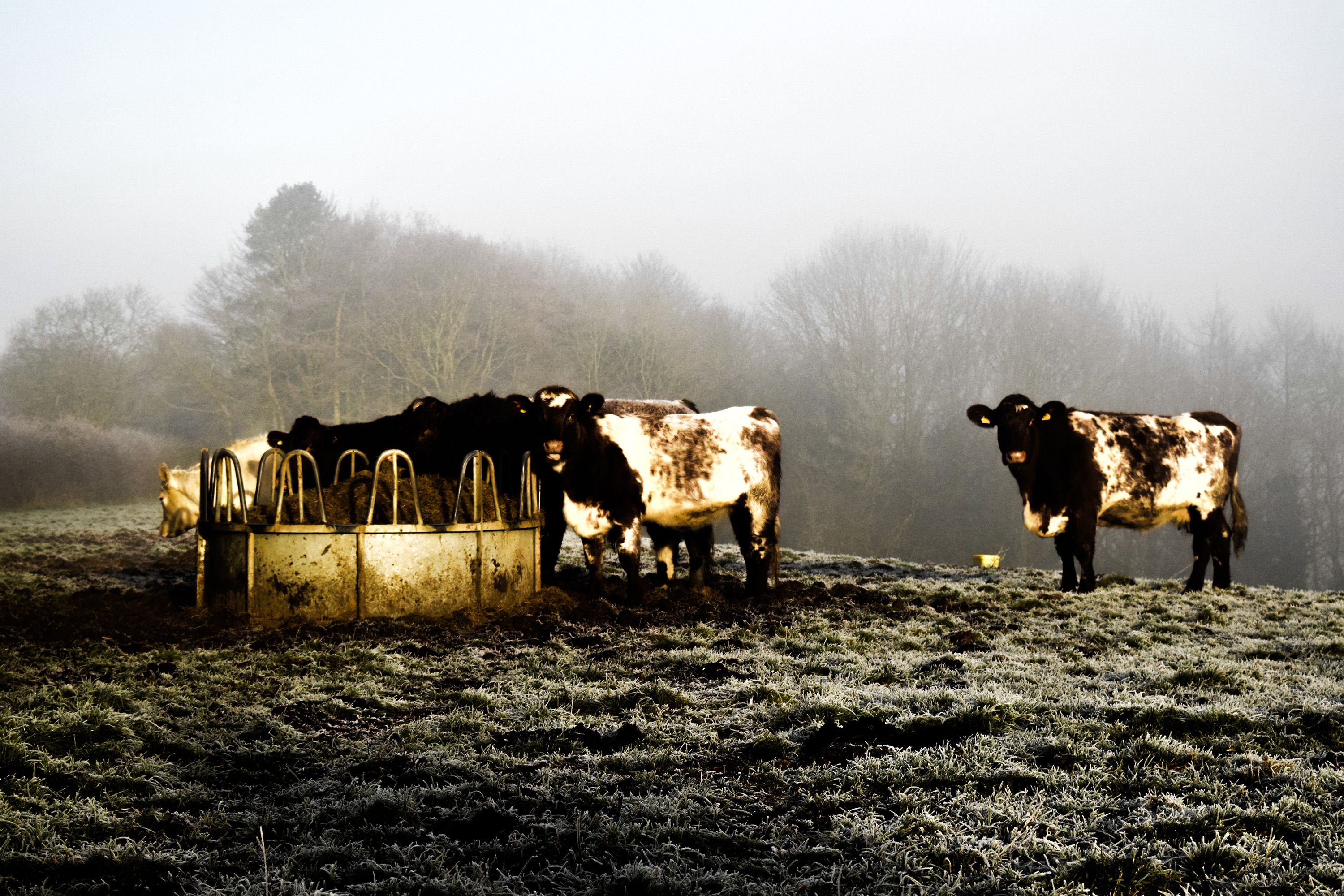I have previously explored the use of the mirror in art history and considered how they act as a motif in contemporary portrait art for examining and portraying the identity of the artists. Since the reflected image in the mirror has an unpredictable quality, it has become a common instrument to show portrait artists’ self-exploration. In this article it explains that “Mirror surfaces reflect both the environment and the viewer, ‘like a visual pun on representation’, as Ian Burn observed. Not just a looking glass, mirrors index the instability of perception, while inviting a viewer to participate in the purported endgame of late Modernism”. Dr Stephens explains that ‘Artists from Manet to van Eyck and Magritte have always been fascinated with mirrors,’ he says ‘Mirrors are a source of reflection and self-representation and artists engaged them to tease out the roles of artist, spectator and voyeur.’ I want to further consider this idea of ‘artist, spectator and voyeur’ in relation to the notion of the ‘gaze’ and the function of mirrors in relation to this. I am going to explore this in reference to female performance artists who use mirrors to elaborate the exploration of self-knowledge.
The concept of the ‘gaze’ in analysing visual culture deals with how an audience views the subject presented. In the book ‘Critical Terms for Art History’ edited by Robert Nelson and Richard Shiff, it explains that the term “pertains to the way in which the audience is made unaware of the constructed quality of the gaze”. It goes on to discuss how “In paintings people don’t question whose view of a landscape is depicted but in film a shot of a landscape will be followed by a shot of a character looking at it which the audience identifies as the landscape” this means that the audience is told whose view it is and they are looking at through the eyes of a character and their gaze. The term has negative connotations of power manipulation, “Respect for the power of the gaze survives today in the injunction not to stare” and “Culturally determined precepts regulate photography, which involves having ones image looked at in one’s absence”.
The French psychoanalyst Jacques Lacan (an early and influential theorist of child development) found the concept of the gaze important in what he termed “the mirror stage”, where children gaze at a mirror image of themselves and use this image to “derive a degree of coordination over their physical movements”. He linked the concept of the gaze to the development of individual human identity and an investigation between the ideal-ego (the idealised image of oneself) and the ego-ideal (the imaginary gaze of another person who gazes upon the ideal-ego) .
The idea of the gaze has been extended into the framework of feminist theory, where it deals with how men look at women and how women look at themselves as well as the effects surrounding this. A key text regarding the male gaze is Visual Pleasure and Narrative Cinema (1975) by Laura Mulvey. Gerry Badger has explained the male gaze was “the realisation that most of the images of women throughout history were fabricated by men, to be gazed at by other men” he explains that art history was basically misogynous and suggests it has been the duty of women artists to counter this distorted view. He has analysed how power has been embedded in the relationship between seeing and being seen. Using the painting ‘Vanity’ by Hans Memling (shown below) , he writes, “The mirror was often used as a symbol of the vanity of woman. The moralising, however, was mostly hypocritical. You painted a naked woman because you enjoyed looking at her, you put a mirror in her hand and you called the painting Vanity, thus morally condemning the woman whose nakedness you had depicted for your own pleasure”.

One of the contemporary female artists that Badger references is Cindy Sherman who is viewed by many as a highly important post-modernist artist. He says “Sherman’s work as a whole has been a crucial component of the feminist influence upon women’s photography”. Sherman began her work by exploring personal interests such as a love of film and masquerade and she had never heard of the male gaze theory when she began her Film stills series. In ‘Bachelors’ by Rosalind Krauss, Sherman’s film stills are said to be “rehearsing this structure of the male gaze, of the voyeuristic, constructing the women in endless repetitions of her vulnerability and his control”. Krauss technically analyses Sherman’s work by considering ‘The signified and signifier’ which is a term relating to semiotics devised by Ferdinand de Saussure. Sherman’s photographs examine the idea of ‘women’ as a sign and signs of femininity which are dominant in American culture. Her work is represented as stills from films but in reality they are not. The absence of a narrative and the fact that Sherman is both present and absent ( we are not viewing the ‘real’ her) encourage the viewer to consider the status of such signs. The viewer recognises the signs and how they generate particular ideas about women, and her work broadly explores the idea that the signs of ‘women’ are not fixed.
Krauss references Mulvey’s interpretation of Sherman’s images “The camera looks; it captures the female character as a parody of different voyeurisms. It intrudes into moments in which she is unguarded, sometimes undressed, absorbed into her own world in the privacy of her own environment”. In many of Sherman’s images the viewer is constructed as a hidden watcher. For example Krauss discusses the image below with Sherman looking in a mirror while wrapped in a towel. She says, “the focal length of the lens creates an unimpeachable sense that her look at herself in the mirror reaches past her reflection to include the viewer as well”. Instead of looking at the camera or the suggested viewer Sherman looks at herself. She places the mirror in her work as a symbol to refer the male signifier that portrays the female as a sight with her “vanity” and “self-absorption” in the mirror.

Kruass also discusses the image below and how “as it reaches the bottom edge of the image, the spectator’s view encounters a gaze that projects toward it from within the matrix of its own invisibility. Reflected in the tiny mirror of a discarded compact,this gaze cannot be identified with any source in the image. instead it seems to join all the other gleams and reflected points of light in the image”.

In ‘Cindy Sherman-Retrospective’ there is a reference to another of Sherman’s images that make use of a mirror and explains that “It is as if we are attempting to see ourselves in the mirror (of her face) but are blocked from doing so by her head and visage”. It goes on to say “The picture throws the gaze back onto itself in a gesture Duchamo explored as a ‘mirrorical return’ (where the image in the mirror and the viewers ‘gaze’ bounces back and forth, producing the flesh of one another)”.

In ‘Rose is a Rose is a Rose-Gender Performance in Photography’ provides “Multiple, frequent and literal reminders of oneself as another thus enforcing the notion of a kind of split personality: the one that sees itself looking at another one, which is itself”. She says “The recognition of oneself is a photograph can serve to define oneself, to create an identifiable and distinct subject. This narcissistic pleasure of the mirror in which we reassure ourselves of our existence”. She describes how self-portraiture functions as a private use for realising the self yet often has an artistic significance. In a similar way sketches and journals of artists were once considered private art tools of the artist but are now valued as independent forms of art. Spector explains how the photography of Claude Cahun can be situated in relation to the tradition of self-documentation. She discusses “The prevalence of mirror images , doubled and multiple portraits”. She says “these reflections challenge the very idea of self-hood as stable, as in her formula “To mirror” and to “stabilise”.

In the image above Cahun poses facing a mirror on the wall but rather than looking at herself she stares at the viewer with a serious, confronting gaze. The ‘real’ figure appears to register the presence of the viewer and does not flinch from eye contact. Her other half, the mirror image, however, averts her eyes gazing into the unknown. Interestingly both the feminine and masculine aspects of herself can be seen by the fact that she is wearing a ‘masculine’ coat with her hair cropped short. The position of her hand can be seen as an uninviting and protective gesture as if it’s an instinctive response to the viewer’s intrusion. However in her reflection she seems to expose herself with her neck visible. It can also been seen in the reflection that she is wearing a ring which is not visible from the angle she is positioned in against the mirror.In this photograph, Cahun represents both the objectified woman, as seen in the reflection, as well as male gaze, which she turns back from and faces the viewer. Cahun explored different aspects of herself through her photography and it could be said that there is a separation between her self and the different versions of herself that she portrays. Through the use of mirror reflection in her photography or the way of using the camera as a giant mirror to reflect the mirror image of herself; thus questioning the authenticity of the “self” and leads to a deeper self-exploration. In reference to this image Nancy Spencer says the”power of both projecting the gaze and returning is, as Claude’s eyes meet ours, sometimes seductively, sometimes hostilely some times quizzically, from within the image. Indeed they go on to say the very enterprise of self-portraiture …comes down to reclaiming agency for the female subject”.

Another performance artist that I have looked into is Francesca Woodman. Her use of a mirror is very different to that of Sherman and Cahun as she plays a kind of ‘hide and seek’ game with herself reflected in a mirror. Often her reflection in the mirror is clearly revealed but her real figure is portrayed as a ghost-like presence as a result of long exposures. The mirror in Woodman’s self-exploration appears more like a blurry and over-exposed reflective surface. The mirror which normally acts to reveal instead becomes a barrier to conceal her identity and the environment becomes a reflected void. The presentation of the real self seems more elusive, like an ethereal projection. Cahun on the other hand uses the mirror to clearly reflect herself and Sherman’s use of a mirror has the role of deflecting the self and questioning the viewers position as a ‘voyeur’. While Cahun’s may represent different versions of herself Sherman presents a constructed image of a staged character. The viewer/voyeur represented in the outside world appears to be intruding upon Sherman while Cahun partly meets the viewer’s gaze. This relates to what Margreth Olin has said about the gaze that “If you can look back you cannot be possessed by the gaze of another”.
When exploring the use of mirrors in my own work I thought carefully about how to position it and what I wanted to reflect within it to capture a small part of the environment within its frame. I also considered the positioning of the subject’s gaze and experimented with various angles. For example in the two photographs shown below the first one is more effective because the subject glances sideways into her reflection and there is the interaction and connection between the two which makes it more engaging than the second in which she neither looks at the viewer or herself.


When using myself as the subject, again I experimented with different approaches as can be seen below. I tried looking out of the image to something unseen by the viewer, looking at myself in the reflection and also looking directly at the viewer. I now feel the last one works the best because my gaze meets the gaze of viewer while the reflection is positioned so that it is looking through the gap in the tree branches.















